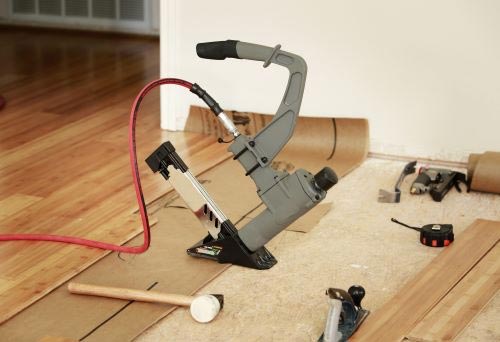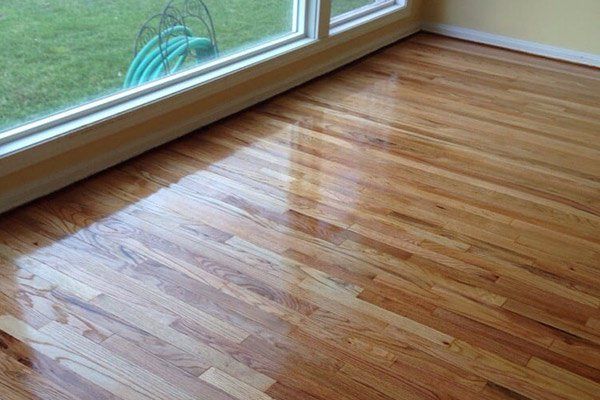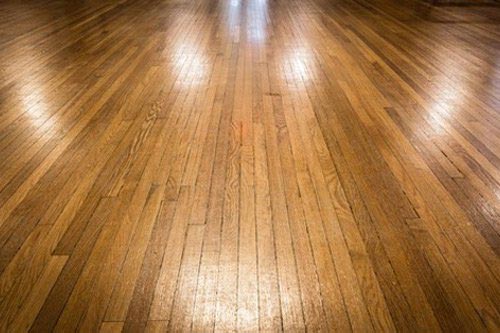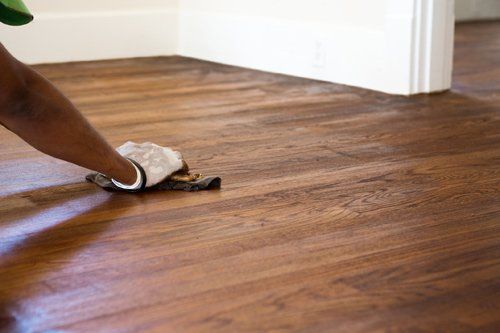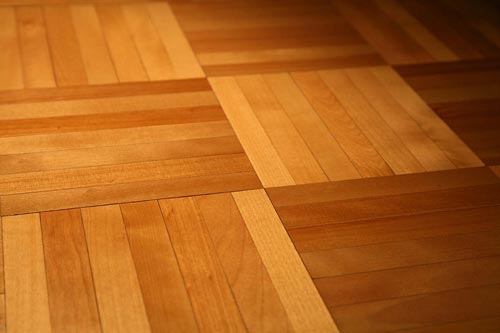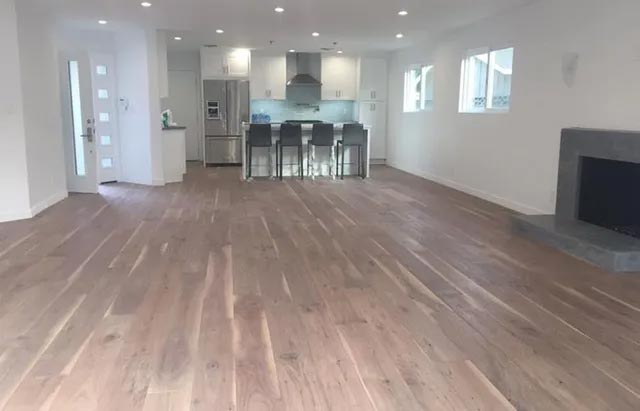How Humidity Can Affect Hardwood and Laminate Flooring
High indoor humidity can cause issues for hardwood and laminate floors. Understand these issues before they arise so that you can address and prevent them.
High humidity levels can have a huge effect on a number of different surfaces within your home, not the least of which is your floor. Hardwood and laminate flooring are two of the most common residential flooring materials available on the market, and high indoor humidity levels can cause a number of issues for each of them.
Understanding the effects that high humidity can have on your laminate and hardware floors can help you identify issues as they arise and address them before they can cause permanent damage or require floor replacement.
What Humidity Does to Your Hardwood Flooring
Hardwood flooring is made out of natural wood that is treated to resist moisture. However, over time wear and tear can slowly erode the surface of your floor. Older or scratched-up hardwood floors that have not been stained or sealed in several years can absorb moisture.
High levels of humidity in the air can cause your floor to absorb moisture. If enough moisture is absorbed into your hardwood flooring, planks or tiles, the individual pieces can begin to swell. This causes them to push against each other, eventually causing warping, cupping or other instances of structural change that can create an uneven surface and even cause your hardwood to split.
What Humidity Does to Your Laminate Flooring
Laminate flooring isn't made out of pure wood; instead, it is made out of a wood veneer or a plastic print designed to look like wood that is then sandwiched between a clear protective layer and a thicker core layer of fiberboard.
Similar to hardwood flooring, laminate flooring will swell up if exposed to extensive humidity levels, which can create an uneven flooring surface. However, unlike wood, it will also contract if it is exposed to extremely low levels of humidity, which can expose gaps between individual flooring tiles and boards.
This means that if the humidity levels in your home fluctuate between extremely high in the summer and extremely low in the winter, your laminate floors can begin to split and crack.
How to Protect Your Hardwood and Laminate Floors
For hardwood flooring, one of the most important things that you can do to protect against high humidity levels is to make sure that it is properly sealed and stained once it becomes worn. Wood stain can help prevent the wood itself from absorbing all kinds of water, in addition to refreshing the appearance of your floors.
Laminate flooring can resist humidity in the air only if it is properly installed. This means that you should let your laminate flooring sit in the room that it is going to be installed in for a day or two before you actually install it to allow for the material to get used to the room's humidity level.
Then, during the actual installation process, a quarter-inch gap should be left - usually under the baseboard so that it's not visible - around the edge of your floor to give the laminate room to expand and contract.
However, beyond individual treatments that you can use for both types of flooring, you can also take steps to reduce the level of humidity in your home. You can invest in a hygrometer, or an instrument which measures humidity levels in your home, to determine what your humidity level actually is.
Alternatively, some thermostats attached to residential HVAC systems have a built-in humidity measure. In general, you'll want humidity levels to be somewhere between 35 percent and 55 percent. You can correct high and low humidity levels by using portable dehumidifiers or by installing humidifiers throughout your home as needed.
For any questions about the effect of humidity on your home's flooring, feel free to contact our team at K & Z Hardwood Flooring.
